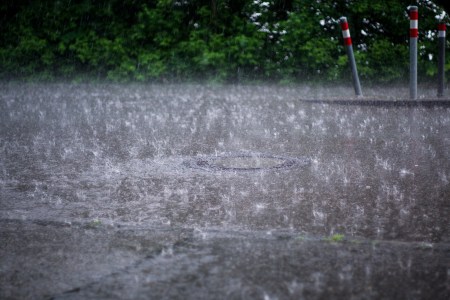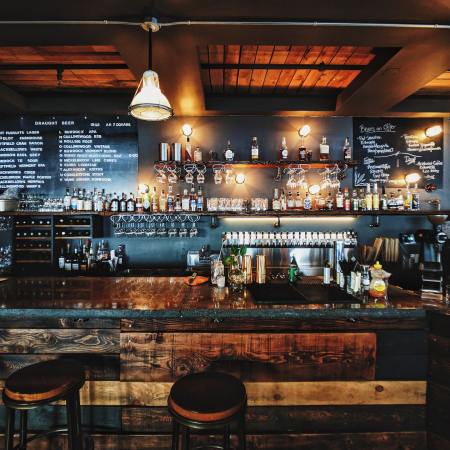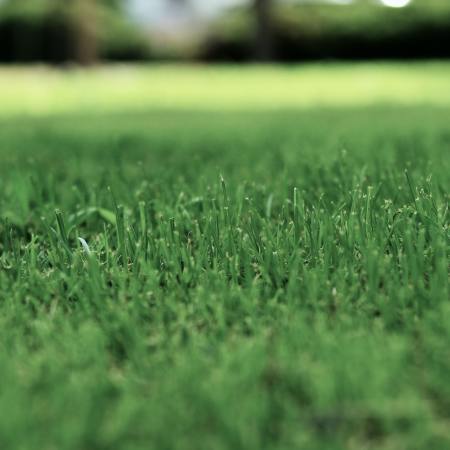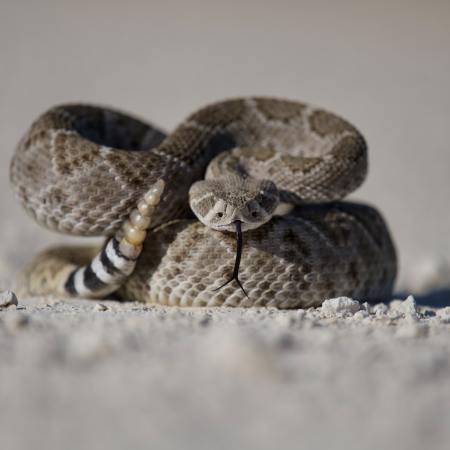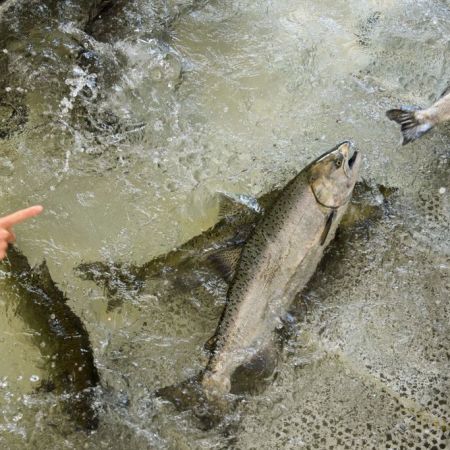Last year, at SCOTUSBlog, Matthew L.M. Fletcher revealed an alarming statistic. Fletcher noted that “[t]hirty percent of Navajo Nation citizens have no running water.” It’s both the most populated indigenous nation within the borders of the United States and the largest, with a size roughly comparable to that of West Virginia. To hear that such a vast region lacks that most basic of amenities is unsettling, to say the least. But it might be about to change.
As Tyrone Beason reported for the Los Angeles Times, the Navajo, Hopi and San Juan Southern Paiute all reached a settlement with the state of Arizona over water rights to the Colorado River Basin. This follows similar agreements made with Utah and New Mexico. The next step, Beason writes, involves getting Congressional approval.
The agreement would also result in federal funding for infrastructure to bring river basin water to the Navajo Nation — something that experts cited in the Times article pointed out would be less polluted than groundwater.
“This settlement prioritizes the need to provide essential water infrastructure to Navajo families and communities and provides the Nation an opportunity for growth and economic prosperity,” Navjo Nation Speaker Crystalyne Curley said in a statement.
How Does Architecture Address Drought Conditions?
It’s about making the most of precipitationFor now, the members of the Indigenous nations affected by the settlements will need to wait for the federal government to take further action on the matter. Hopefully this will come sooner rather than later, given the necessity of safe and accessible drinking water for everyone.
This article was featured in the InsideHook newsletter. Sign up now.

